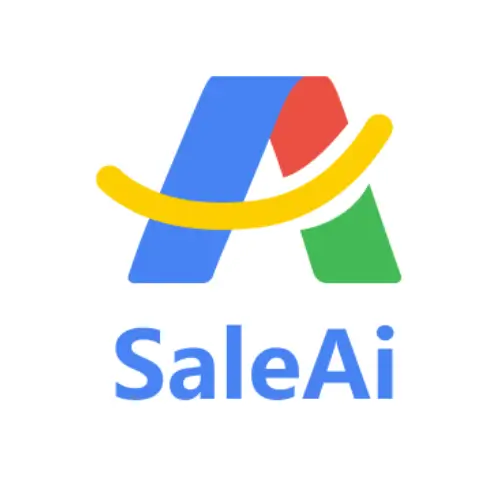Why B2B Sales Optimization Matters
In the competitive B2B landscape, an optimized sales process can mean the difference between meeting quotas and exceeding them. By refining your approach, you can:
- Shorten the sales cycle.
- Improve lead-to-customer conversion rates.
- Maximize revenue from each deal.
Let’s break down the steps to achieve effective B2B sales optimization.
Step 1: Audit Your Current Sales Process
Before making improvements, you need to understand where you stand.
- Map Out the Sales Funnel: Identify each stage of your sales process, from lead generation to deal closure.
- Analyze Bottlenecks: Look for stages where leads drop off or deals stall.
- Collect Feedback: Talk to your sales team to understand their challenges and pain points.
How SaleAI Helps:
SaleAI provides real-time analytics to identify inefficiencies in your sales funnel, helping you pinpoint areas for improvement.
Step 2: Focus on Lead Qualification
Not all leads are created equal. Prioritize high-quality leads to maximize your team’s efforts.
- Define Ideal Customer Profiles (ICP): Use historical data to identify the traits of your most successful customers.
- Implement Lead Scoring: Assign scores to leads based on their likelihood to convert.
- Automate Lead Filtering: Use AI tools to automatically prioritize leads.
How SaleAI Helps:
With AI-driven lead scoring, SaleAI ensures your sales team focuses on the most promising opportunities, boosting conversion rates.
Step 3: Personalize Your Outreach
B2B buyers expect tailored solutions. Generic pitches no longer work.
- Segment Your Audience: Group leads based on industry, company size, or pain points.
- Use Data for Personalization: Leverage customer insights to craft personalized messages.
- Automate Follow-Ups: Ensure timely and consistent communication.
How SaleAI Helps:
SaleAI’s automation tools enable hyper-personalized outreach at scale, saving time while increasing engagement.
Step 4: Streamline Sales Team Collaboration
A disjointed sales team can lead to missed opportunities.
- Centralize Data: Use a CRM or sales platform to keep all information in one place.
- Set Clear Roles: Define responsibilities for each team member.
- Encourage Knowledge Sharing: Foster collaboration through regular team meetings and shared insights.
How SaleAI Helps:
SaleAI integrates seamlessly with your CRM, ensuring your team has access to up-to-date information and actionable insights.
Step 5: Use Data to Drive Decisions
Data is your most valuable asset when optimizing sales.
- Track Key Metrics: Monitor KPIs like conversion rates, average deal size, and sales cycle length.
- Analyze Trends: Identify patterns that indicate success or potential issues.
- Continuously Improve: Use insights to refine your strategies.
How SaleAI Helps:
With AI-powered analytics, SaleAI provides deep insights into your sales performance, enabling data-driven decision-making.
Step 6: Leverage Technology for Scalability
As your business grows, your sales process needs to scale effectively.
- Automate Repetitive Tasks: Free up your team’s time for high-value activities.
- Adopt AI Tools: Use AI to enhance decision-making and improve efficiency.
- Invest in Training: Ensure your team is equipped to use new technologies effectively.
How SaleAI Helps:
SaleAI offers scalable solutions that grow with your business, from automation to advanced AI capabilities.
Conclusion
Optimizing your B2B sales process doesn’t have to be overwhelming. By following these steps and leveraging tools like SaleAI, you can streamline operations, boost efficiency, and achieve better results.
Ready to transform your B2B sales process? Try SaleAI today and see the difference for yourself.





